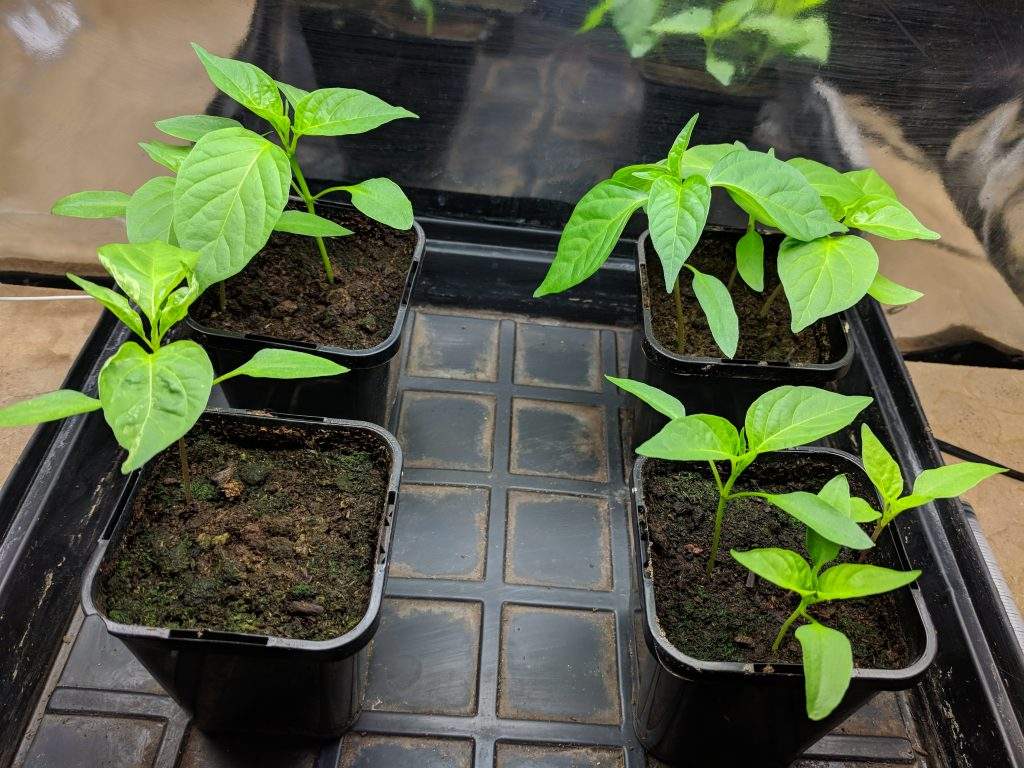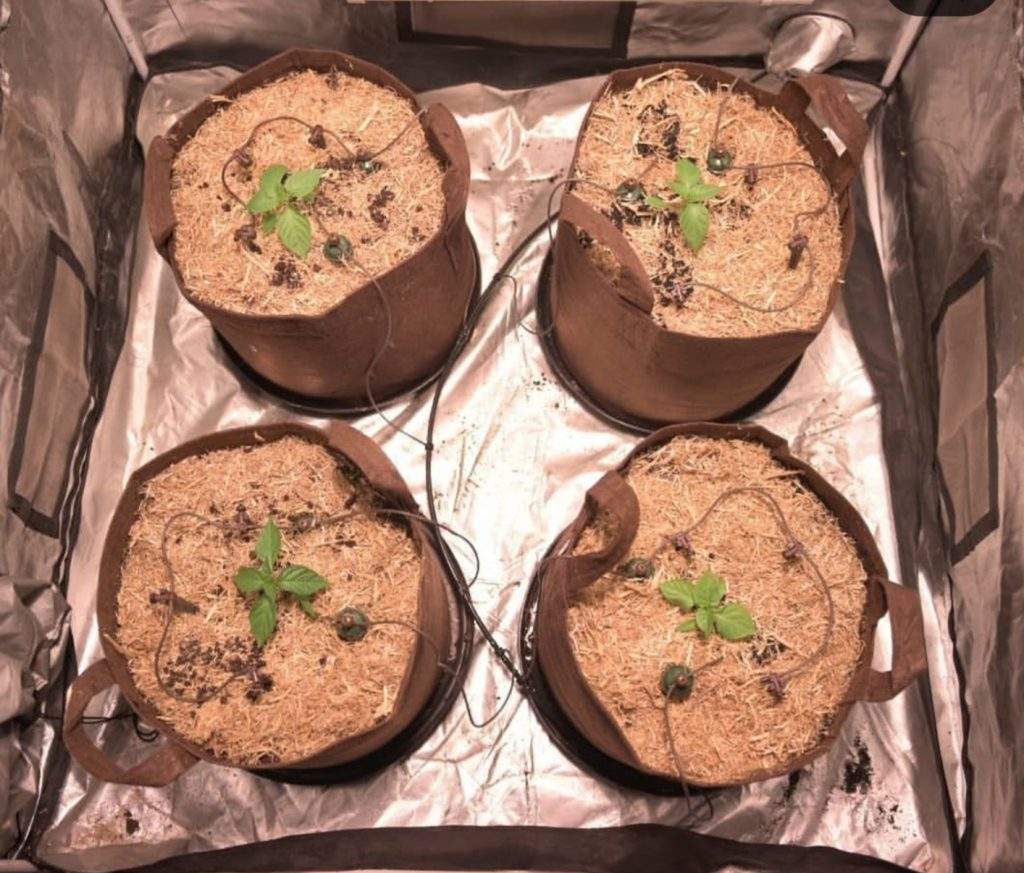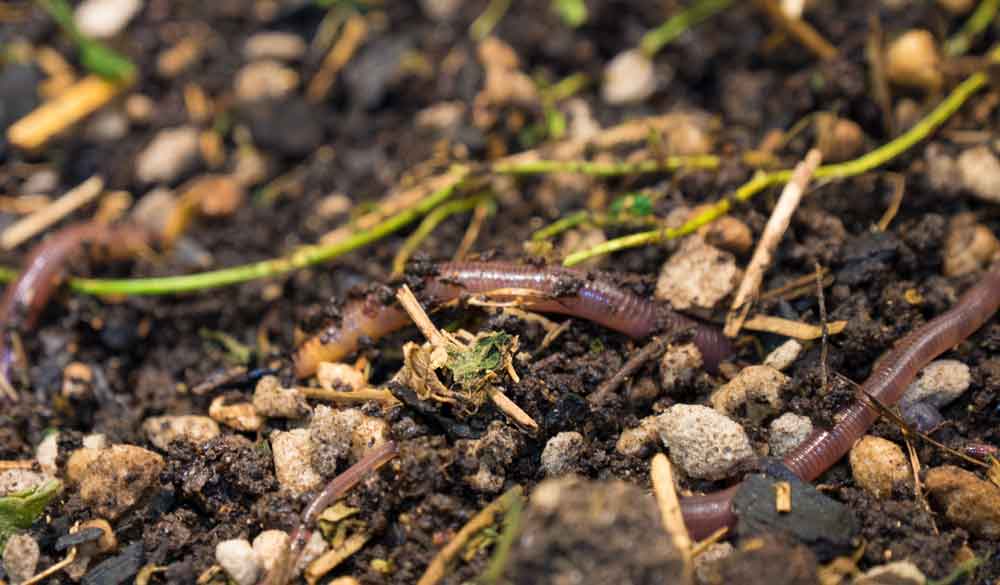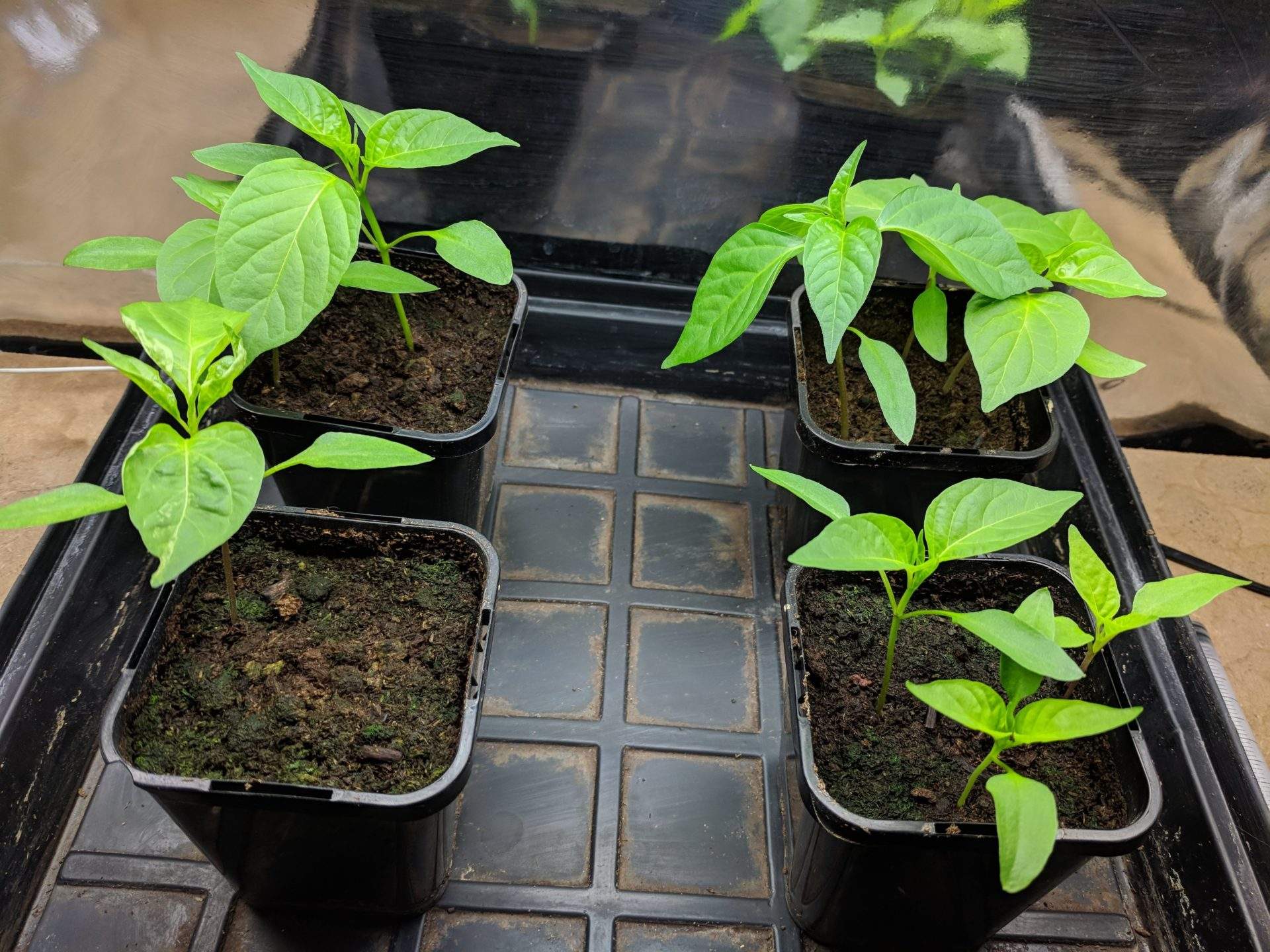Potting Mix Trials Update
- Easy As Organics Water Only Soil vs Commercially Available Certified Organic Potting Mix
Plants grown in biologically active soils exude compounds from their roots via photosynthesis to attract microbes into the rhizosphere in exchange for the nutrients it needs. The more diverse a soil microbiome, the more effective this natural process is. This is very different to a conventional approach where the grower will be the one responsible for providing nutrients in ionic form to the plant directly via a liquid solution. I hope that this trial will demonstrate clearly the true nature of living soils in action when compared with a regular organic potting mix that can be found in any local nursery or department store.
The hypothesis:
Plants grown in Easy As Organics Water Only Soil will out-perform a commercially available certified organic, certified to meet Australian standards for compost (AS4454) potting mix. The performance will be noticeable in the later stages of vegetative growth towards flowering and especially in yield and quality.
The label on the commercially available potting soil product claims to be a rich organic potting mix with enough nutrients for 3 months of healthy plant growth.
The methodology consists of 4 plants, each growing in a 45L container inside a 1.2 x 1.2m growing tent. An extraction fan was installed to pull fresh air via a centrally located vent at the bottom. A single 315w ceramic metal halide lamp mounted in a reflector at the top of the tent with a light cycle of 15 hours on and 9 hours off will provide wide spectrum lighting.
Plant variety is Purple Ghost Chilli from a renowned chilli breeder. Seeds were propagated in a seed raising mix containing 80% peat, 10% aeration, 10% worm castings and amended with lime and kelp meal. 4 seedlings with the most similar characteristics were planted in each 45L container. The 2 growing on the left is growing in Water Only Soil and 2 on the right is Certified Organic Potting Mix (un-named)
An automatic, gravity fed Blumat system was installed. Rather than introducing a variable by hand watering, plants are only taking what they needed based on soil requirements.




It should be noted that temperatures have been very cold and are contributing to the slower rate of growth. I placed a gentle greenhouse bar heater to take the chill off.
Living soil on the left is clearly ahead. I was not expecting this dramatic of a result so soon in the trial. Both potting soils and leaf tissue samples will be sent to a lab for analysis at the end so we can have more data to help make sense of the results. Hopefully the experiment can help those looking for higher performing soils containing better ingredients but are perhaps hesitant to spend extra money. Stay tuned for updates and a time lapse video at the end of the trial!
Living organic soil vs standard organic potting mix
Grow trial
For this trial I have 3x 45L fabric pots with our Water Only Soil and a single 45L fabric pot with the most expensive organic potting soil available from Bunnings.
Organic purple ghost chillies have been propagated from seed and I'll pick 4 of the most similar look seedlings for the trial. The seeds were coated in a mycorrhizal inoculant and will get a second dusting of mycorrhizae when transplanted into their containers.
Blumats will be taking care of watering automatically so all pots will get a steady supply of water based on its individual needs.
Worm castings, soil gold

Vermicompost is the key to successful organic crop production
Earth worms have been studied by philosophers, pharaohs and scientists for thousands of years. Cleopatra VII, the last Egyptian Pharaoh sentenced to death anyone attempting to smuggle worms out of Egypt. Aristotle called worms "intestines of the earth". The productive role of earth worms in the cultivation of crops have only been properly researched in recent decades. Vermicomposting helps solve waste problems by digesting raw organic food scraps, manures and other organic materials through biological decomposition and excreting a perfect fertiliser called worm castings or vermicast. It is a fertiliser rich in NPK, micronutrients, plant growth regulators and an incredible diversity of highly beneficial soil microbes. Effectively, compost worms transforms organic waste into soil gold.
Worm castings are the richest source of humus
Vermicompost contain a high level of humus, rich in humic acid. This improves air porosity and water holding capacity which dramatically increases health and vigour of young seedlings and mature plants. Humic acid contained in worm castings have many cation exchange sites that hold plant available nutrients such as calcium, iron, potassium, phosphorus, magnesium and sulfur. It holds onto these plant available nutrients in solution and releases them to plants when they need them. The humic acid in worm castings dissolves organic minerals, stimulates root growth and reduces plant stress while enhancing nutrient uptake.
The high humus content in worm castings provides disease and pathogen prevention from unwanted organisms such as root rot. Worm castings contain beneficial microorganisms and are many times higher than populations found in most soils and thermophilic composts. Earthworms stimulate these soil microbes such as nitrogen fixing and phosphate solubilising bacteria as well as actinomycetes and mycorrhizal fungi. Worm castings are the most important input in your soil due to the high content of humus and slow release, plant available nutrients.
Natural plant growth promoting hormones
Worm castings promote incredible growth and plant health beyond what simple nutrient uptake could ever achieve. This comes from the many forms of natural growth hormones contained in the vermicast. Studies have shown worm castings to contain cytokinins, auxins and flowering hormones, gibberellins. Plants grown in soil that contains worm castings show faster flower development than without worm castings.
Pest and disease prevention
Vermicompost has the ability to ward off and prevent pest attacks from hard bodied insects such as spider mites and aphids. This is due to the chitinase enzyme produced by the worms which destroys the insect bodies made of chitin. The addition of chitin inputs in your soil like malted barley or crustacean shells will further stimulate chitinase enzyme-producing microbes. The diverse polulations of microbes have the ability to out-compete pathogenic organisms, drastically reducing fungal disease and root knot nematodes.
Vermicompost in your soil mixes
Studies show undoubted benefits from the addition of worm castings to your potting mixes and garden beds. Vermicompost can be used by topdressing soil and watered in or blending into a potting mix at 20% of total volume for maxium benefit. Worm castings are the key to successful organic crops and eliminates the need for harmful chemical fertilisers.

